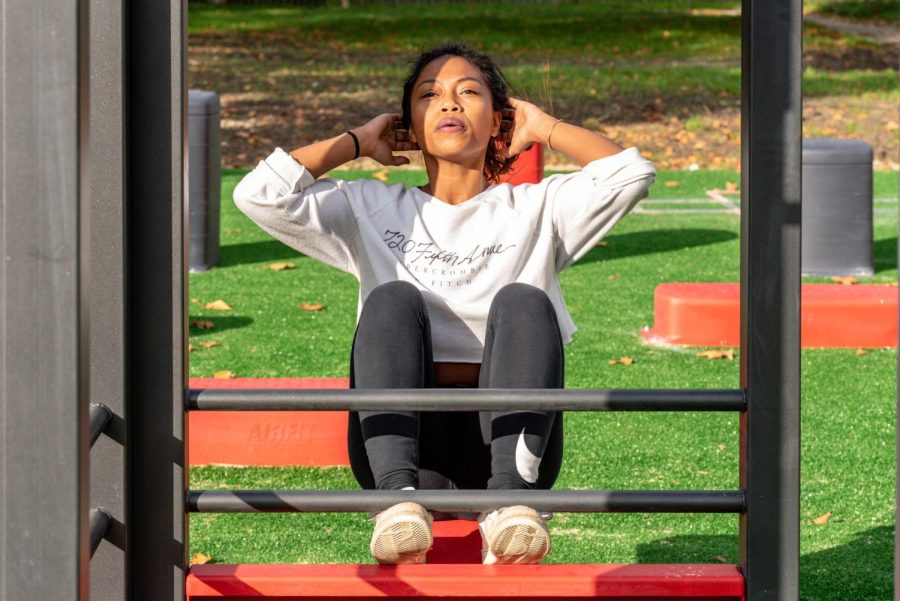Why Training Your Core is Not Just for the Abs
Many individuals view your core and having visible abdominal muscles synonymously, however, the core is much more than just the abs, and training your core is beneficial for many uses, not just for people who want to obtain a 6-pack. There are various reasons to train the core that weightlifting misses, though to know why one should the core, individuals should first know the different muscles that are part of the body section of the core.
Different muscles of the core
The core is composed of four basic subgroups, including the Rectus abdominis or abdominal muscles which are located in the middle of the core on the front side. These help mainly with performance, and stability of the core. To the left and right are the oblique muscles, whose main function is the rotation of the body. The third body part is the hips which bear most of the body weight you have, so it is important to keep them strong. And finally, the lower back is the fourth part of the core, which helps with many other lifts, and having a strong low back is vital for posture and wellbeing. Now that we have the basic anatomy down for the core, we can discuss why it is important to train your core.
The core includes important stabilizing muscles
Stabilizing muscles are extremely important because they assist with many movements on compound exercises like the squat, bench and deadlift. For instance, the abdomen and obliques provide more control for the body, and help with the transfer of power from the upper and lower body in the eccentric1 motion of the squat. Additionally, the core assists with the lockout of a deadlift, therefore maximizing performance. In a study performed by Edgar Katushabe of the Nelson Mandela University concluded that “there is a significant correlation between core stability as assessed by the McGill protocol, and performance in the deadlift and squat under maximal and submaximal loads.” Many people who struggle with a weak core can find it harder to squat as the movement can be sudden and can lead to less control over the lift. This prevents many lifters from going to failure on the lift, and even worse can discourage them from incorporating the exercise into their routines. As with the deadlift, many struggle to lock out the movement, which limits the amount one can lift no matter their strength. FInally, core strength helps with accessories for various compound lifts which target different parts of a muscle that can improve performance inside the gym.
Having a strong core prevents injury
Building solid core muscles can prevent injury. Many movements require a certain degree of balance and the core muscles provide that, preventing the loss of control on someone’s body or a weight. A study of the University of Michigan explores this phenomenon, and concludes that the lack of core muscles leads to lower body injuries to the hip on the knee. However, “Weak core muscles also pose a risk to the upper body, increasing the chance of shoulder or elbow injuries from throwing, rowing, volleyball or racquet sports.” Clearly, training your core is vital to prevent injury, as it makes certain activities more controlled, and less dangerous like the squat. Additionally, a study conducted by Kellie C. Huxel Bliven, a PhD from Arizona University claims that after subjects followed a routine for the core, “time lost and number of injuries to the low back and lower extremities were reduced up to 62%.” The lower back is a major problem for many individuals once they become older, especially for ones involved in more blue-collar work, and eliminating problems in the lower back helps with posture and flexibility in the body. Additionally, strengthening the lower back will help with minimizing the risk for injury in compound lifts like the deadlift, adding another reason why individuals should train their core.
Obtaining a strong core is essential to many daily activities and lifting in the gym. It may not seem necessary at the moment to train the core, though once a lift may seem uncontrollable, or a lifter experiences shaking and instability excessively, the first question they should ask themselves is, am I training my core enough.
____________________________________________________________________________
1 eccentric portion of the lift: The portion of the lift where the muscles are expanding. Usually,the eccentric portion of the lift is when the lift is back at the starting position.

Sarthak is entering his 3rd year of being part of the Banner. His love for weightlifting inspires him to write articles about fitness. Apart from writing...


